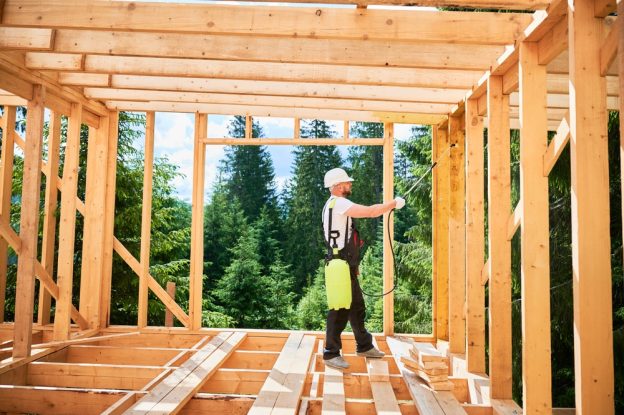Rebuilding after California wildfires is more than a construction challenge, it’s a legal and licensing obstacle course. For contractors preparing to enter this specialty, the opportunities are matched only by the regulatory scrutiny and compliance demands. Understanding essential business models, consumer protections, and the legal landscape is a must, both for maximizing value to clients and for passing the California contractors license exam. This guide breaks down what every prospective wildfire rebuild contractor should know, from permit pitfalls to contract details and risk management.
Rebuild Business Basics: From Landscape to Licensing
In wildfire-affected zones, the demand for qualified contractors surges, but so do the risks of non-compliance. California law requires a current, active contractor’s license for any work valuing $500 or more, materials and labor combined. In disaster areas, unlicensed work can be prosecuted as a felony, with increased enforcement by the CSLB’s Statewide Investigative Fraud Team. Keeping a contractor license bond in force is non-negotiable, as local agencies and clients may ask for proof before contracts or payments are issued. A lapse, even under disaster pressure, can result in project shutdown and legal penalties.
Insurance is another critical business element. While general liability coverage isn’t legally required by the CSLB, most insurance policies exclude “fire restoration” unless explicitly added. For those rebuilding in fire zones, failing to secure appropriate endorsements leaves both the contractor and the client vulnerable in the event of a subsequent loss such as double-check coverage for fire, smoke, mold, and environmental remediation. Workers’ compensation insurance is mandatory for any business with employees and should be coordinated before mobilizing crews.
Legal Permits & Environmental Compliance
Rebuilds after wildfires demand strict attention to permits and environmental codes. California law requires a building permit for almost any reconstruction after a fire, including structural repairs, new homes, and roof or window replacements. Local building departments may offer expedited “like-for-like” rebuild pathways allowing homes to be restored to their original footprint with slight modification, but additions or major alterations still trigger full plan review. The permitting process generally involves submitting demolition plans as needed, site surveys, and updated structural designs prepared by licensed architects or engineers.
Projects within the Wildland-Urban Interface (WUI) have special obligations. Contractors must ensure compliance with Chapter 7A of the California Building Code, which mandates fire-resistant materials: fire-rated roofing, ember-resistant vents, tempered glass, and defensible space. Certain disaster declarations may prompt the Governor to suspend environmental review (CEQA) and other regulatory requirements for faster recovery, but most rebuilding must still adhere to evolving code, especially regarding fire sprinklers and energy efficiency. Always confirm with local officials before assuming any waivers apply to a job.
Contracts, Consumer Protection, and Payment Rules
Senate Bill 1189 and other disaster-related laws have tightened rules governing home improvement contracts after wildfires. Any residential rebuild in a declared disaster area must use a contract that includes all required consumer notices and follows special protections. Down payments are strictly limited, never more than 10% of the contract price or $1,000, whichever is less. Progress payments must reflect actual progress and not exceed the value of completed work or delivered materials.
Contracts should explain the project scope, payment phases, project milestones, and what happens in case of delays or change orders. Contractors must refrain from requesting final payment until the project passes all required inspections and a certificate of occupancy is issued. Overlooking these requirements exposes a contractor to civil penalties and the risk of contract rescission by the homeowner.
Fraud Prevention and Community Trust
Unfortunately, disasters bring a surge in scams and unqualified operators. Licensed contractors are uniquely positioned to educate clients on verifying credentials, and encourage them to check your license status on the CSLB website, ask for references, and compare multiple bids. Highlighting compliance builds trust and helps protect vulnerable homeowners from fraud. It’s wise to report unlicensed activity to CSLB’s SWIFT team, protecting the reputation of legitimate firms and ensuring a safer rebuilding process for the community.
Conclusion
Success in California’s wildfire rebuild market depends on more than technical skill. Mastery of current licensing, permit, and contract requirements isn’t just good business, it’s a legal imperative. Contractors who prepare for these realities not only strengthen their license exam performance but emerge as trusted leaders, able to guide fire-impacted clients toward safe, code-compliant recovery. Now more than ever, the path to rebuilding California starts with staying informed, licensed, and ready to meet the unique legal landscape head-on.
